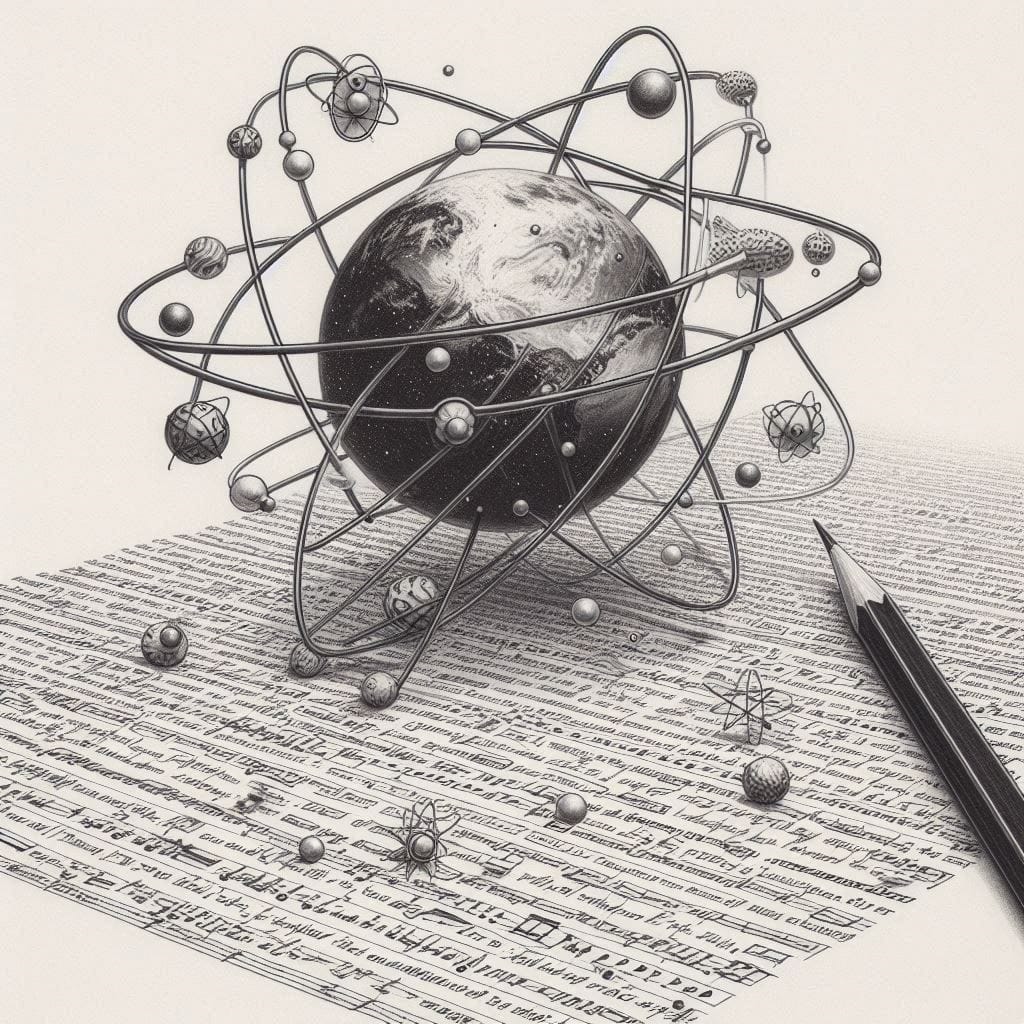How to create new content using your existing notes
Transform atomic notes into cohesive linear content with this step-by-step guide.

Creating new content requires transforming Atomic notes organized in a graph structure into a linear form. This article guides you through this process.
The Foundation: Your Knowledge Base
The notes in your knowledge base should be:
- Densely connected like neurons
- Easily explorable with a specific goal in mind
In order to create new content, you will explore those with a specific goal in mind. You will focus on the relevant notes and links. By listing and ordering those, you will create the plan you need to prepare your new piece of content. That's the first step.
Step 1: Creating a Plan
- Focus on relevant notes and links in your existing notes
- Create a list with the points you want to cover
- Order the elements in that list logically, considering that readers know nothing, or very little about what you want to explain. Your goal is to maximize the accessibility of your content
The plan you create is like a mental model for a specific idea. It represents a path through your knowledge base, telling a specific story in a logical way.
The Value of Your Plan
The plan itself is valuable, and you should keep it around, as it can be reused/repurposed to create additional pieces later on.
- Acts as a mental model for your idea
- Represents a path through your knowledge base
- Can be reused for future content creation
Step 2: Expanding Your Plan
By going through the points one at a time, you will expand each point, reusing content from the corresponding notes, maybe even improving those along the way, in order to expand on each idea you want to cover.
It's okay to copy/paste content from your atomic notes to your new piece of content. Consider those as separate. In a way, a new piece of content (as opposed to atomic notes) is like a snapshot of a set of ideas in your knowledge base at a specific point in time.
- Go through each point in your plan
- Expand using content from corresponding notes
- Improve and update your atomic notes as needed
The Nature of New Content
- Consider it separate from your atomic notes
- View it as a snapshot of ideas at a specific time
Step 3: Finalizing Your Content
As a result, you'll end up with a linear piece of content (i.e., knowledge) that you can publish and share with others.
- Ensure a logical flow between expanded points
- Review and edit for coherence and clarity
- Prepare for publication and sharing
Conclusion
By following this process, you'll leverage and transform your interconnected atomic notes into a linear piece of content ready for your audience.
About Sébastien
I'm Sébastien Dubois, and I'm on a mission to help knowledge workers escape information overload. After 20+ years in IT and seeing too many brilliant minds drowning in digital chaos, I've decided to help people build systems that actually work. Through the Knowii Community, my courses, products & services and my Website, I share practical and battle-tested systems. You can follow me on X 🐦 and on BlueSky 🦋.
I am an author, founder, and coach. I write books and articles about Knowledge Work, Personal Knowledge Management, Note-taking, Lifelong Learning, Personal Organization, and Zen Productivity. I also craft lovely digital products.
If you want to follow my work, then become a member and join our community.
Ready to get to the next level?
If you're tired of information overwhelm and ready to build a reliable knowledge system:
- 🎯 Join Knowii and get access to my complete knowledge transformation system
- 📚 Take the Course and Master Knowledge Management
- 🚀 Start with a Rock-solid System: the Obsidian Starter Kit
- 🦉 Get Personal Coaching: Work with me 1-on-1
- 🛒 Check out my other products and services. These will give you a rock-solid starting point for your note-taking and Knowledge Management efforts





